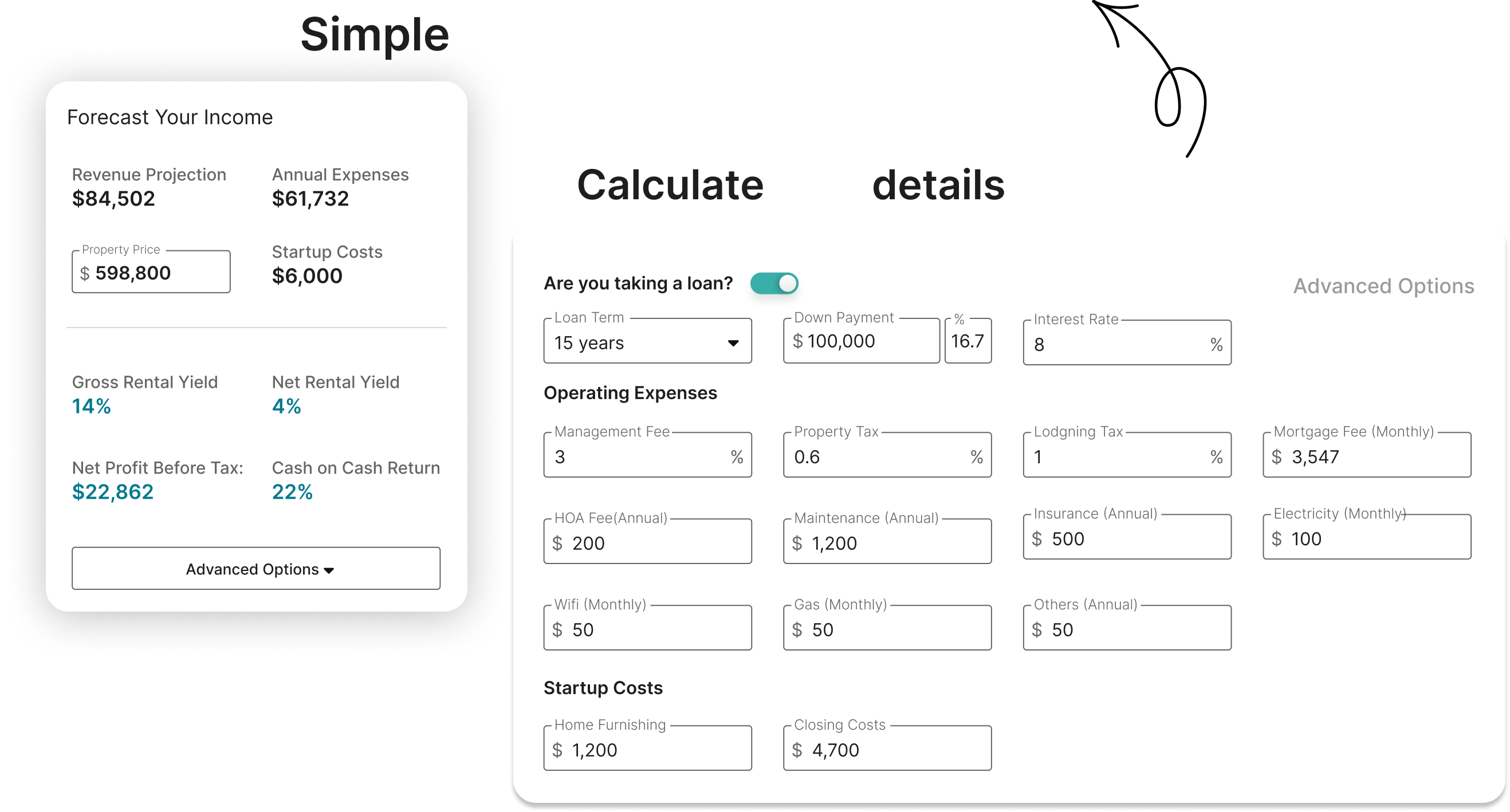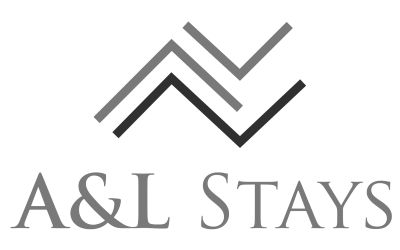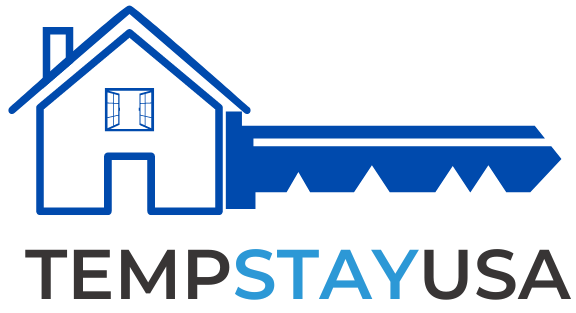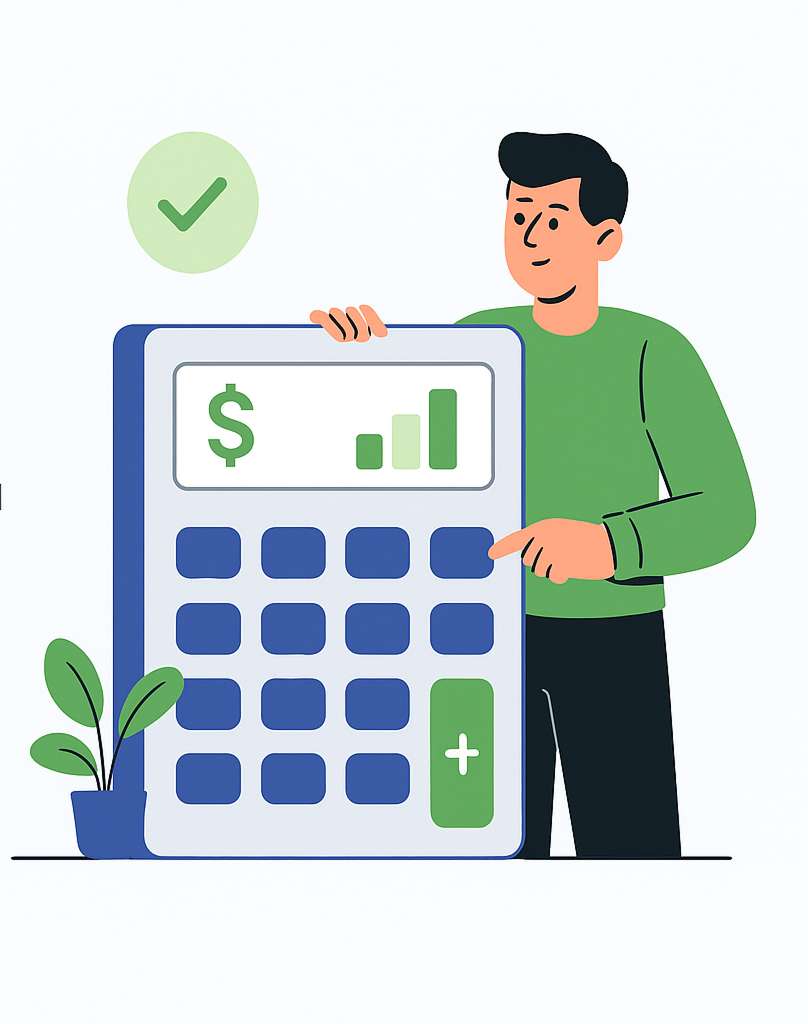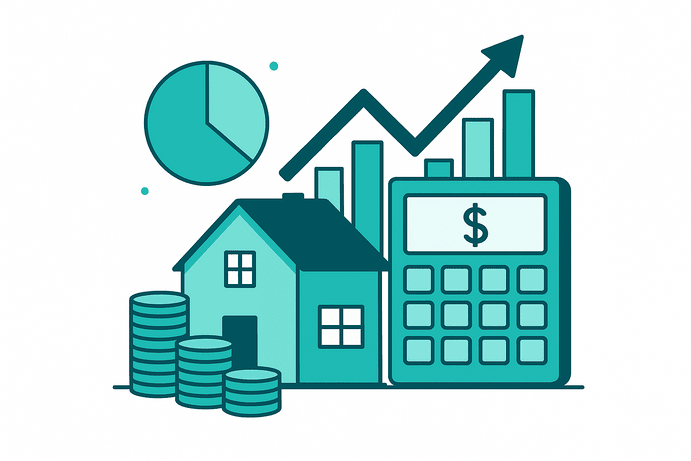What Is RevPAR in the Hotel Industry?
RevPAR stands for Revenue per Available Room, a key metric used to measure a hotel’s ability to fill rooms at an average nightly rate. The RevPAR meaning combines both room occupancy and average daily rate (ADR) to give a snapshot of performance.
RevPAR Formula:
RevPAR = Total Room Revenue / (Number of Available Rooms × Number of Days)
or
RevPAR = ADR × Occupancy Rate
RevPAR Example:
If a hotel with 100 rooms earns $15,000 in room revenue in one night:
RevPAR = $15,000 / 100 = $150
or
If the ADR is $200 and occupancy is 75%:
RevPAR = $200 × 0.75 = $150
How to Calculate RevPAR for a Hotel?
To calculate RevPAR of a hotel, divide the total room revenue by the number of available rooms over a specific period, measured in number of days. You can also multiply the average daily rate (ADR) by the occupancy rate.
What Is TRevPAR in the Hotel Industry?
TRevPAR means Total Revenue per Available Room.
What’s the Difference Between TRevPAR vs RevPAR?
Unlike RevPAR, which only counts room revenue, TRevPAR includes all revenue streams like food and beverage, spa, parking, or events.
TRevPAR Formula:
TRevPAR = Total Hotel Revenue / Number of Available Rooms
TRevPAR Example:
If a 100-room hotel makes $25,000 in total daily revenue:
TRevPAR = $25,000 / 100 = $250
To calculate the TRevPAR in the hotel industry, first add up all revenue sources including rooms, food and beverage, spa, events, etc., and then divide by the total available rooms.
What Is ADR in the Hotel Industry?
In the hotel industry, ADR stands for Average Daily Rate. The ADR meaning is to show how much revenue a hotel earns on average per sold room, excluding complimentary or unsold rooms. ADR helps hoteliers understand hotel pricing performance and set optimal nightly rate strategies.
ADR Formula:
ADR = Total Room Revenue / Number of Rooms Sold
ADR Example:
If a hotel earns $12,000 from 60 rooms sold:
ADR = $12,000 / 60 = $200
To calculate ADR in the hotel industry, divide the total room revenue by the number of rooms sold. Make sure to exclude complimentary rooms to get an accurate number.
What Is Hotel Occupancy Rate?
Hotel occupancy rate is a key performance metric that shows the percentage of rooms sold compared to the total number of available rooms in a specific period. It’s one of the most important indicators of hotel demand and operational performance.
Occupancy Rate Formula:
Hotel Occupancy Rate = Rooms Sold / Total Available Rooms × 100%
Occupancy Rate Example:
If a hotel has 120 rooms and sells 90 in one night:
Hotel Occupancy Rate = 90 / 120 × 100% = 75%
To calculate the occupancy rate of a hotel, divide the total number of rooms sold by the total number of rooms available during the period and multiply by 100 to get a percentage.
What Is the Average Occupancy Rate for a Hotel?
The average occupancy rate for a hotel refers to the typical percentage of rooms sold by the property over a set period. It helps hotel owners and managers measure performance over time and identify trends in demand.
Average Hotel Occupancy Rate Formula:
Average Hotel Occupancy Rate = Total Rooms Sold Over a Period / Total Available Room Nights in the Same Period × 100%
Average Hotel Occupancy Rate Example:
A hotel with 100 rooms operates for 30 days and sells 2,100 room nights during that period:
Average Hotel Occupancy Rate = 2,100 / 3,000 × 100% = 70%
This number shows how well a hotel fills its rooms over time. A higher average occupancy usually means strong demand and effective pricing strategies.
Globally, the average hotel occupancy rate ranges between 65% and 70%.
What Is a Good Occupancy Rate for a Hotel?
A good hotel occupancy rate typically falls between 65% and 80%, depending on the market, property type, and season:
- Urban and business hotels often aim for 70–85%.
- Resort hotels may target 60–75% as they are more seasonal.
- Boutique hotels in prime locations can reach 80% or higher.
High occupancy alone doesn’t guarantee profitability. Pairing occupancy with strong ADR and RevPAR delivers the best financial results.
What Is GOPPAR in Hotels?
GOPPAR stands for Gross Operating Profit per Available Room. Unlike RevPAR, GOPPAR factors in operating expenses, giving a clearer view of hotel profitability.
GOPPAR Formula:
GOPPAR = Gross Operating Profit (GOP) / Available Rooms
GOPPAR Example:
A hotel with 80 rooms has a GOP of $8,000 in one day:
GOPPAR = $8,000 / 80 = $100
To calculate the GOPPAR of a hotel, first subtract the total operating expenses from the total revenue to get the GOP, and then divide the GOP by the total available rooms.
How to Calculate Return on Investment for a Hotel?
Hotel return on investment, or hotel ROI, measures the profitability of a hotel investment relative to its cost. It’s calculated by dividing the annual net profit by the total investment cost.
Hotel Return on Investment Formula:
Hotel ROI = Annual Net Profit / Total Investment × 100%
Hotel ROI Example:
A hotel generates $300,000 net profit yearly with a $3,000,000 investment:
Hotel ROI = $300,000 / 3,000,000 × 100% = 10%
What Is a Good Return on Investment for a Hotel?
A good hotel ROI typically ranges between 8% and 15% annually, depending on location, property type, and market conditions:
- Urban business hotels may see 8–12% ROI.
- Boutique or resort hotels in high-demand areas can reach 12–15% or higher.
Strong RevPAR, ADR, and GOPPAR often indicate better ROI.

